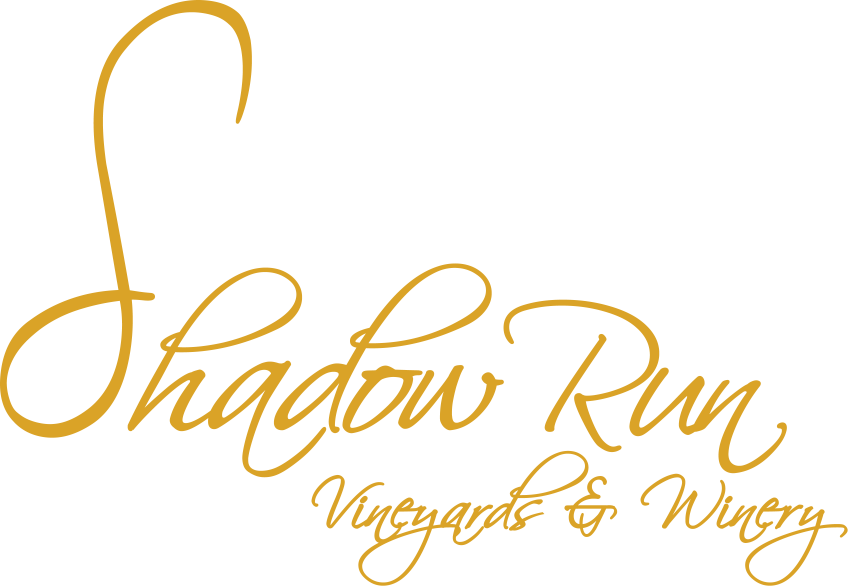We shot this video right after the vineyard had been pruned. Deciding when to prune and how to prune is one of the many tools the vineyard manager has at her disposal to establish the balance in the vineyards that produces grapes that produce great wine.
Timing is especially important for pruning at Shadow Run Vineyards, because when you prune can effect when you get bud break. If you get an early bud break, and mother nature decides to drop the temperature below freezing one or two more times before Spring is over, we're going to kill a lot of buds and we're not going to get grapes. If we prune late, and as a result we get a late bud break, we've probably already missed the late Spring frosts and are into safer nighttime temperatures.
How you prune determines what the vine structure will look like, and how many grape clusters you get. There's only so much goodness stored up in a vine, and having too many clusters of grapes will spread that goodness to thin. For the premium wine we make, we want no more than 48 grape clusters per vine.
Although a lot of the work done at Shadow Run is done by either Les, Susan, or myself, this is one task we hire a crew for. They work quickly, efficiently, and just like the crew we'll later hire to support harvest, always do a good job.
Great winemaking starts in the vineyard, and always comes down to balancing many different factors that will determine the ultimate product. You can't put in what God left out, and the winemaker can't make great wine out of anything other than great grapes.
The next big consideration will be testing the vines for nutrients. To produce the grapes we want, the vines need the right levels of various nutrients and if we have to we'll add them.
Next time you're at Shadow Run feel free to go check out the vines, and ask lots of questions if you like. We love talking about the work.
Cheers,
Aaron


